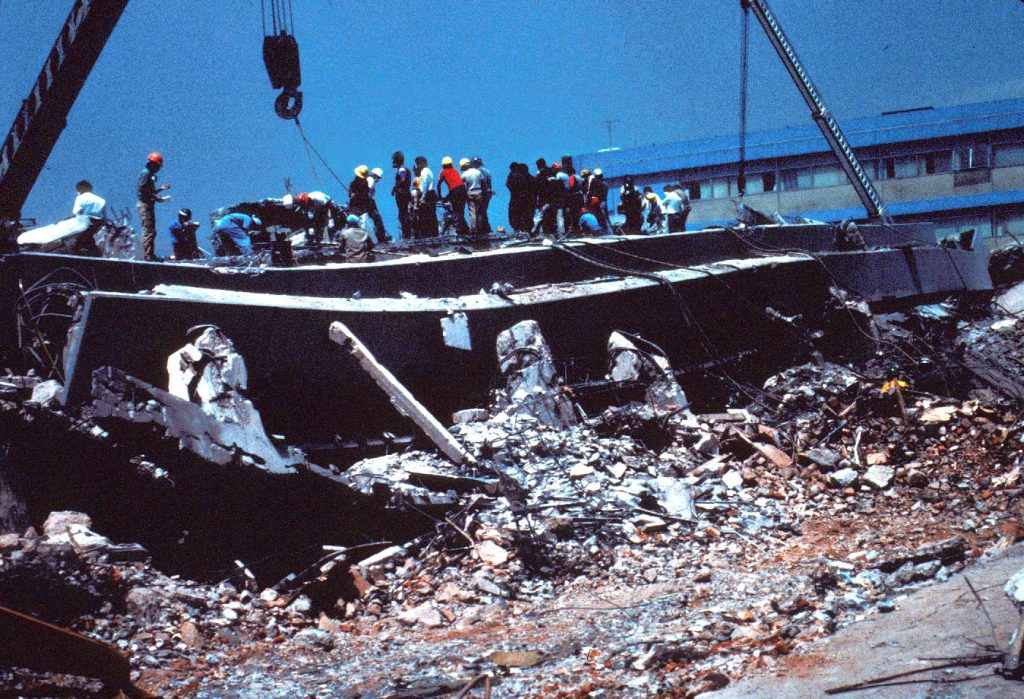
Several buildings that collapsed in the 1985 Mexico City earthquake had been designed under outdated seismic codes. The disaster, which killed thousands, highlighted the deadly cost of ignoring or resisting code updates.
Over 7400 buildings were recorded to have been damaged by the earthquake. Some of the buildings failed due to lack of strength in the columns, and many buildings were built before the 1976 seismic code was used. They were built using earlier codes like the 1942, 1957 and 1966 codes, which did not provide enough strength against an earthquake of this size. Also, the beam to column connection (non-ductile) was not strong enough to withstand the earthquakes. The failures in this case were due to inadequate anchorage failure, inadequate shear reinforcement, no bracing systems and poor bond strength caused by erosion. Older codes did not specify how close buildings could be to each other. Due to the nature of the soft soils, some buildings leaned into each other and combined with the vibrations, made the damages more severe. These were but a few reasons, and other still exist, which will not be mentioned here for the purposes of brevity.
Since then, seismic codes worldwide have tightened, showing how regulations adapt to prevent repeat tragedies. Codes have taken into consideration the weak soil conditions. Laws have also called for authorities to independently supervise and inspect buildings to ensure codes were followed. Emergency situations have also been addressed as seismic sensors have been installed to provide early warning signs of earthquakes. Make sure you always use the latest codes.
- Subscribe to Our Newsletter: Stay updated with the latest insights, tips, and innovations in civil engineering.
- Check Out These Must-Read Resources:
- A comprehensive book on civil engineering to enhance your understanding of structural design and construction techniques.
- A captivating book about the lives of great civil engineers, showcasing the pioneers who shaped the modern world.
- A practical project inspection checklist—an essential tool for every engineer involved in site supervision and quality control.
- Dive into the genius of the Renaissance with our recommended book about Leonardo da Vinci, exploring his contributions to engineering and architecture.
- Don’t miss our field notebook and journal, designed specifically for civil engineers and architects to document projects, ideas, and on-site observations
No responses yet